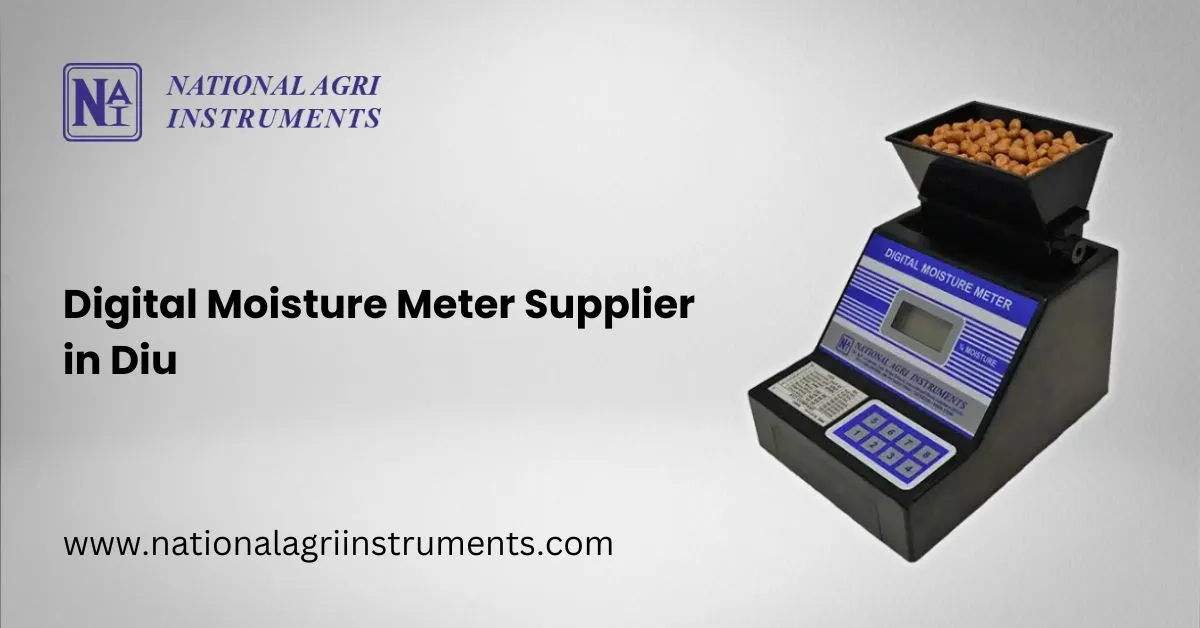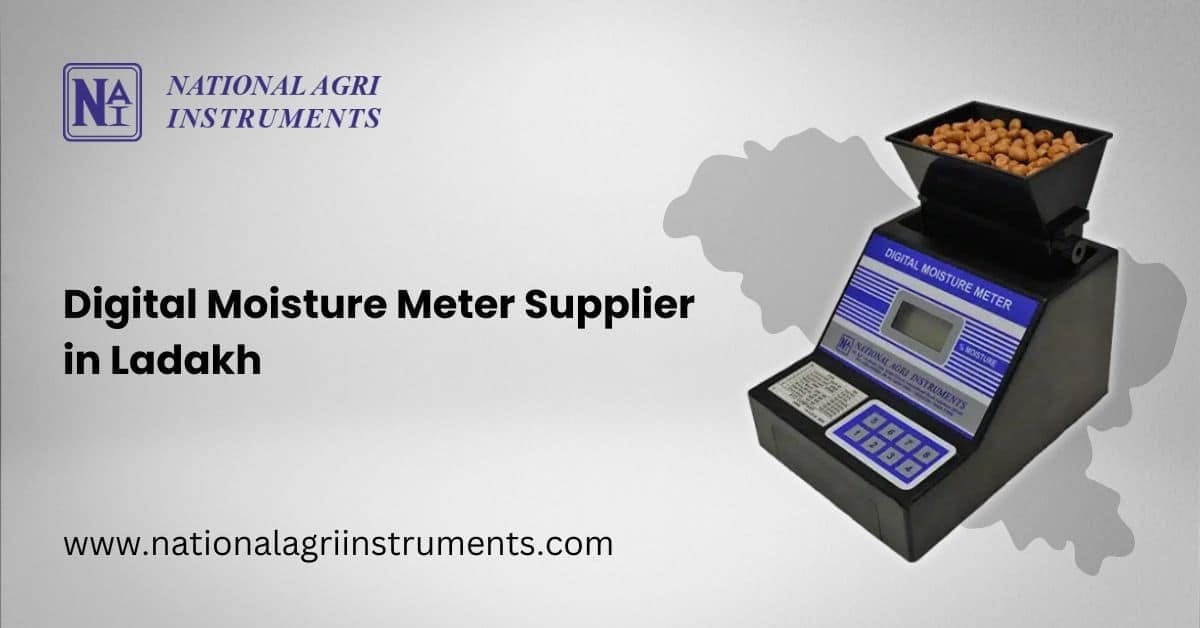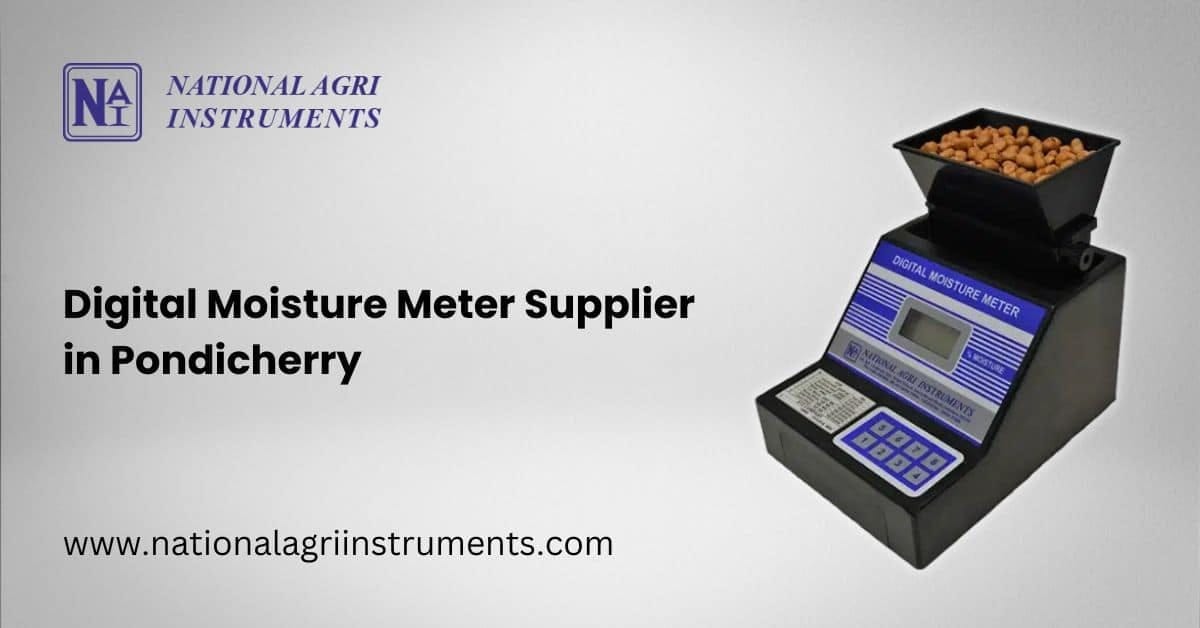When it comes to ensuring the quality and durability of materials, moisture content plays a…
Exploring the Basics of Digital Moisture Meters
Basics of Digital Moisture Meters: A Comprehensive Guide for 2024
In the dynamic landscape of modern agriculture and industrial processes, precision and efficiency are paramount. One technological advancement that has significantly contributed to this paradigm shift is the Digital Moisture Meter. As we delve into the basics of these innovative devices, we’ll explore their functionality, applications, advantages, and the impact they have on various industries in 2024.
Understanding Digital Moisture Meters
What Are Digital Moisture Meters?
Digital Moisture Meters are cutting-edge instruments designed to measure the moisture content within different materials quickly and accurately. Unlike traditional meters, these devices utilize advanced technology, often based on impedance measurement principles, to provide real-time moisture readings without the need for extensive calculations or charts.
How Do Digital Moisture Meters Work?
At the core of a Digital Moisture Meter’s functionality lies the principle of impedance. These meters measure the electrical conductivity of a material to assess its moisture content. The uneven distribution of moisture within a sample creates variations in electrical conductivity, allowing the meter to provide precise readings. The process is swift, eliminating the time-consuming aspects associated with older, manual methods.
Applications Across Industries
Agriculture: Optimizing Crop Yield
In the agricultural sector, Digital Moisture Meters play a pivotal role in optimizing crop yield. Farmers can use these meters to assess the moisture levels in soil, seeds, and harvested crops. This information is invaluable in determining the right time for planting, harvesting, and storage, ultimately enhancing overall agricultural productivity.
Food Processing: Ensuring Quality and Safety
In the food processing industry, maintaining the right moisture levels is critical for preserving product quality and safety. Digital Moisture Meters enable precise measurements of ingredients, preventing issues such as spoilage, mold growth, and bacterial contamination. This not only ensures product integrity but also aligns with stringent quality standards.
Construction: Preventing Material Damage
In construction, materials like wood, concrete, and drywall must meet specific moisture content standards to ensure structural integrity. Digital Moisture Meters provide construction professionals with the means to assess and monitor moisture levels in materials, preventing potential damage and ensuring the longevity of structures.
Textiles: Enhancing Production Processes
In the textile industry, maintaining the correct moisture content is crucial during processes such as spinning, weaving, and dyeing. Digital Moisture Meters facilitate precise moisture control, leading to improved efficiency in production and enhanced product quality.
Advantages of Digital Moisture Meters
Precision and Accuracy
One of the foremost advantages of Digital Moisture Meters is their unparalleled precision. These devices provide accurate readings within seconds, allowing for immediate decision-making. The elimination of manual calculations reduces the risk of human error, ensuring reliable results in various applications.
Time-Efficiency
Digital Moisture Meters significantly reduce testing time compared to traditional methods. The one-step testing process, coupled with rapid settling times, streamlines workflows and contributes to overall operational efficiency. This is particularly beneficial in time-sensitive industries such as agriculture and food processing.
User-Friendly Design
Digital Moisture Meters are designed with user convenience in mind. The absence of complicated charts, needles, and manual calculations makes these devices accessible to a wide range of users. Intuitive interfaces and minimal training requirements contribute to a user-friendly experience, fostering widespread adoption across industries.
Durability and Low Maintenance
Constructed from robust engineering plastic materials, Digital Moisture Meters boast durability and resistance to wear and tear. Unlike traditional meters with delicate moving parts, digital meters have minimal components that require replacement. This results in lower maintenance costs and longer operational lifespans.
Versatility
Digital Moisture Meters exhibit versatility across industries and materials. Whether used in agriculture, construction, textiles, or food processing, these meters offer a single, reliable solution for moisture measurement. Their adaptability to different materials makes them indispensable tools for professionals in diverse fields.
Technological Advancements in 2024
Smart Features for Enhanced Efficiency
In 2024, Digital Moisture Meters come equipped with smart features that further enhance their efficiency. These features may include user-friendly interfaces, customizable settings, and integration capabilities with other digital systems. Automated temperature compensation ensures accurate readings in various environmental conditions, making these meters even more user-friendly and efficient.
Data Analytics and Connectivity
The integration of data analytics and connectivity features is a notable advancement in the latest Digital Moisture Meters. These meters not only provide moisture readings but also generate comprehensive data insights. Connectivity options enable seamless data transfer to centralized systems, allowing for real-time monitoring and analysis. This shift towards data-driven decision-making marks a significant stride in moisture measurement technology.
Environmental Sustainability
In the context of 2024, the focus on environmental sustainability is more pronounced than ever. Digital Moisture Meters contribute to sustainability efforts in multiple ways. Their efficiency in testing reduces overall resource consumption, and the digital nature of these devices promotes paperless operation. By minimizing waste and adopting eco-friendly practices, businesses can align their operations with environmentally conscious standards.
Conclusion
As we explore the basics of Digital Moisture Meters in 2024, it’s evident that these devices have become indispensable tools across various industries. From agriculture to construction and beyond, the precision, efficiency, and sustainability offered by digital meters redefine the standards of moisture measurement. The continuous technological advancements further position these devices as catalysts for positive change, shaping the future of industries dependent on accurate moisture analysis. Whether you’re a farmer optimizing crop yield or a construction professional ensuring material integrity, the adoption of Digital Moisture Meters is a strategic move towards excellence in moisture management in the contemporary landscape.




